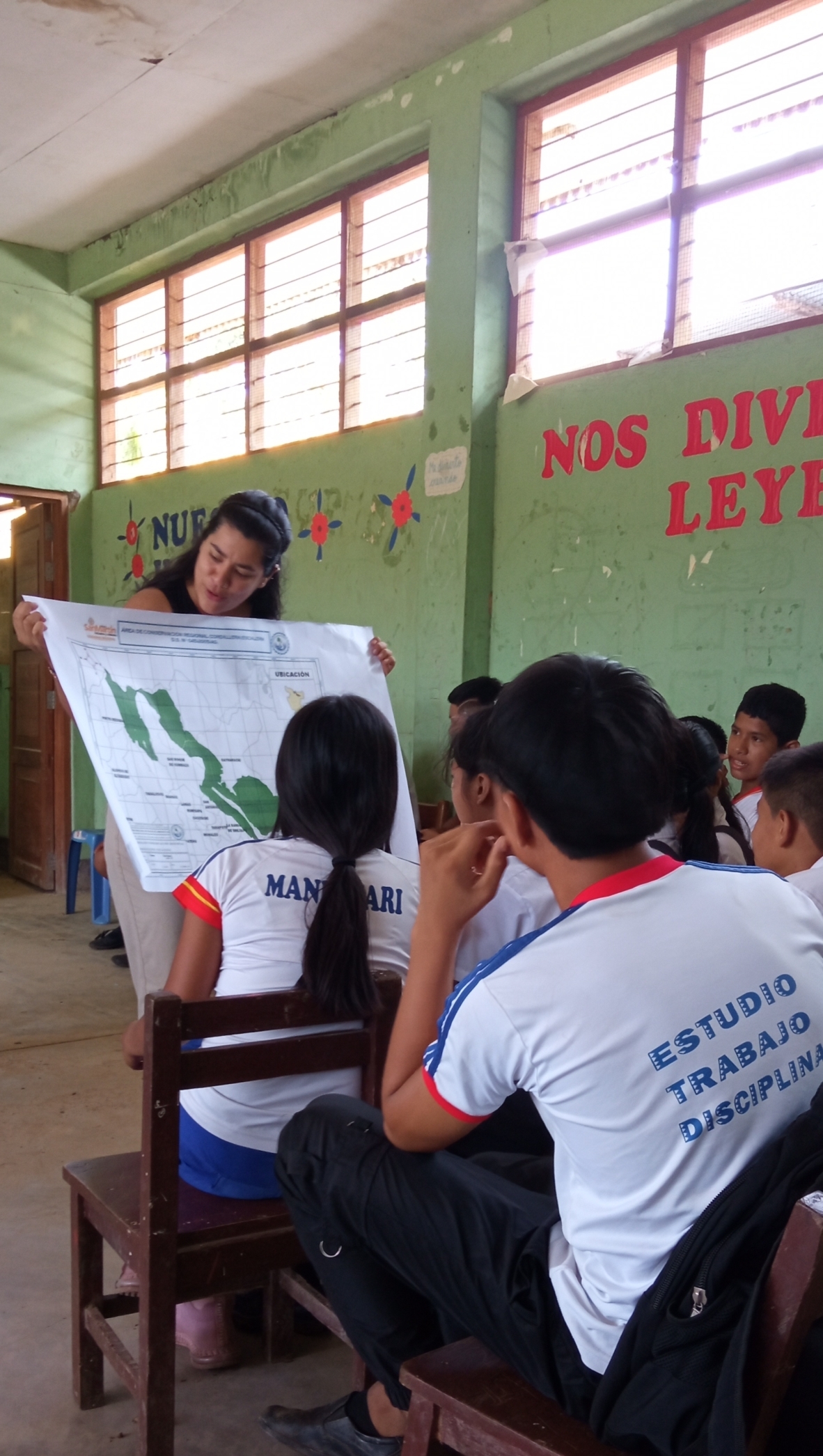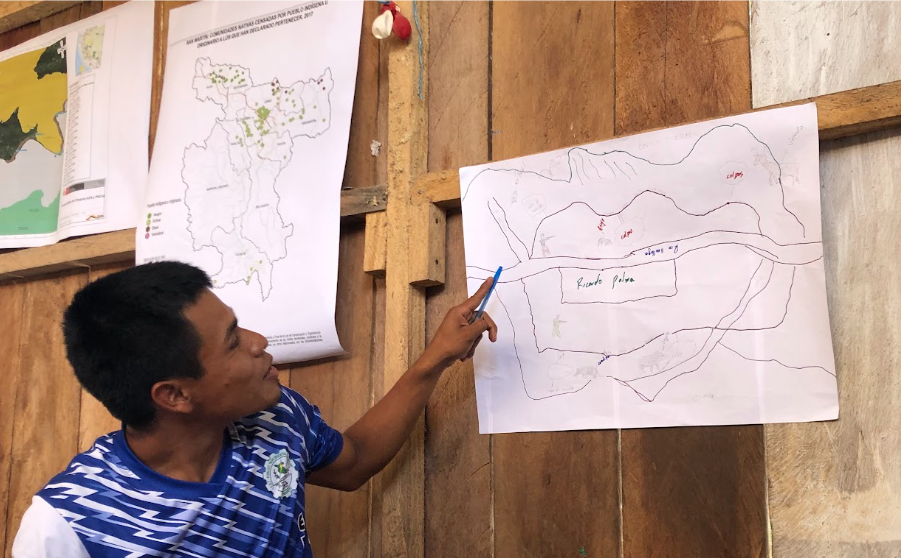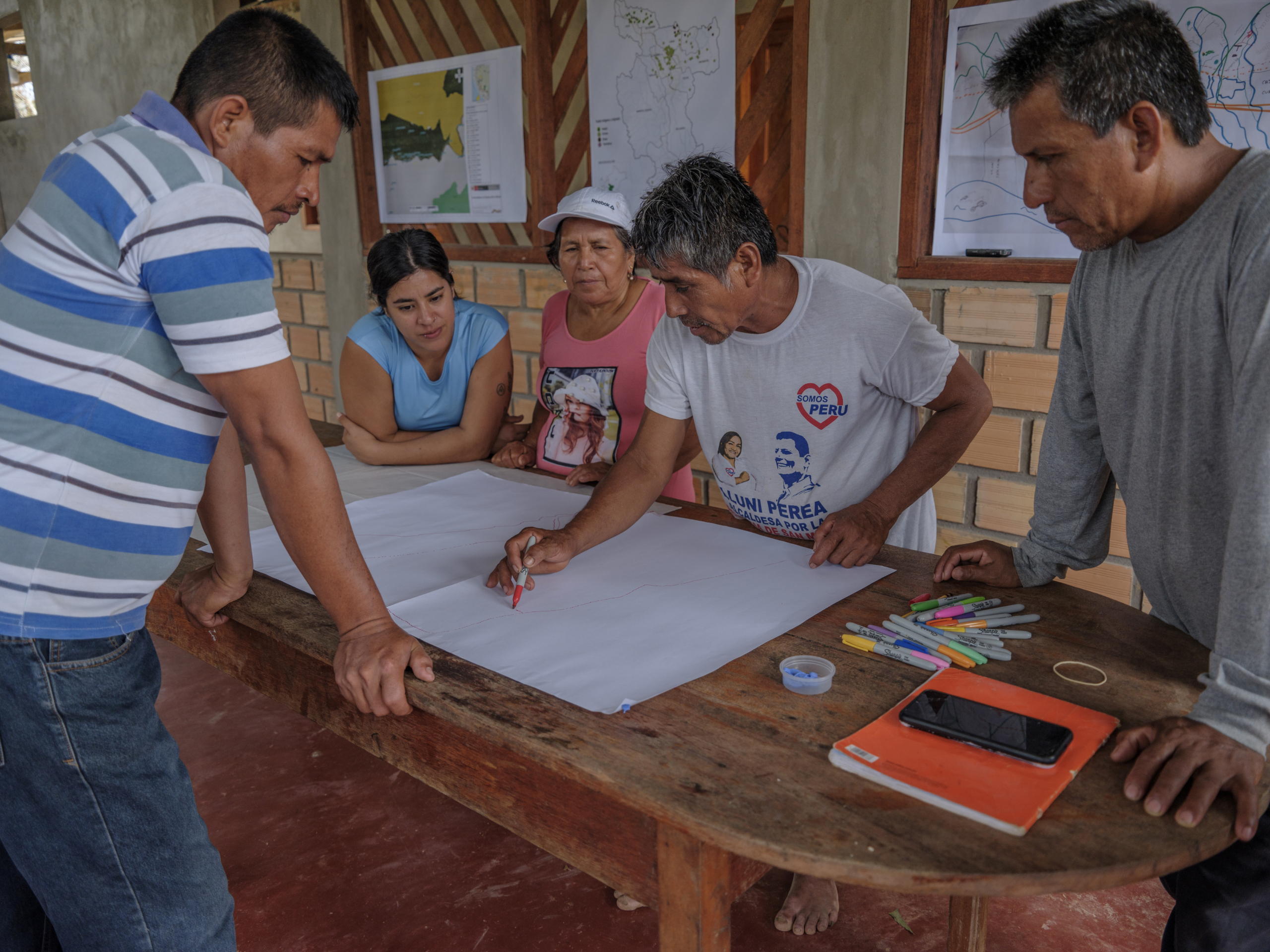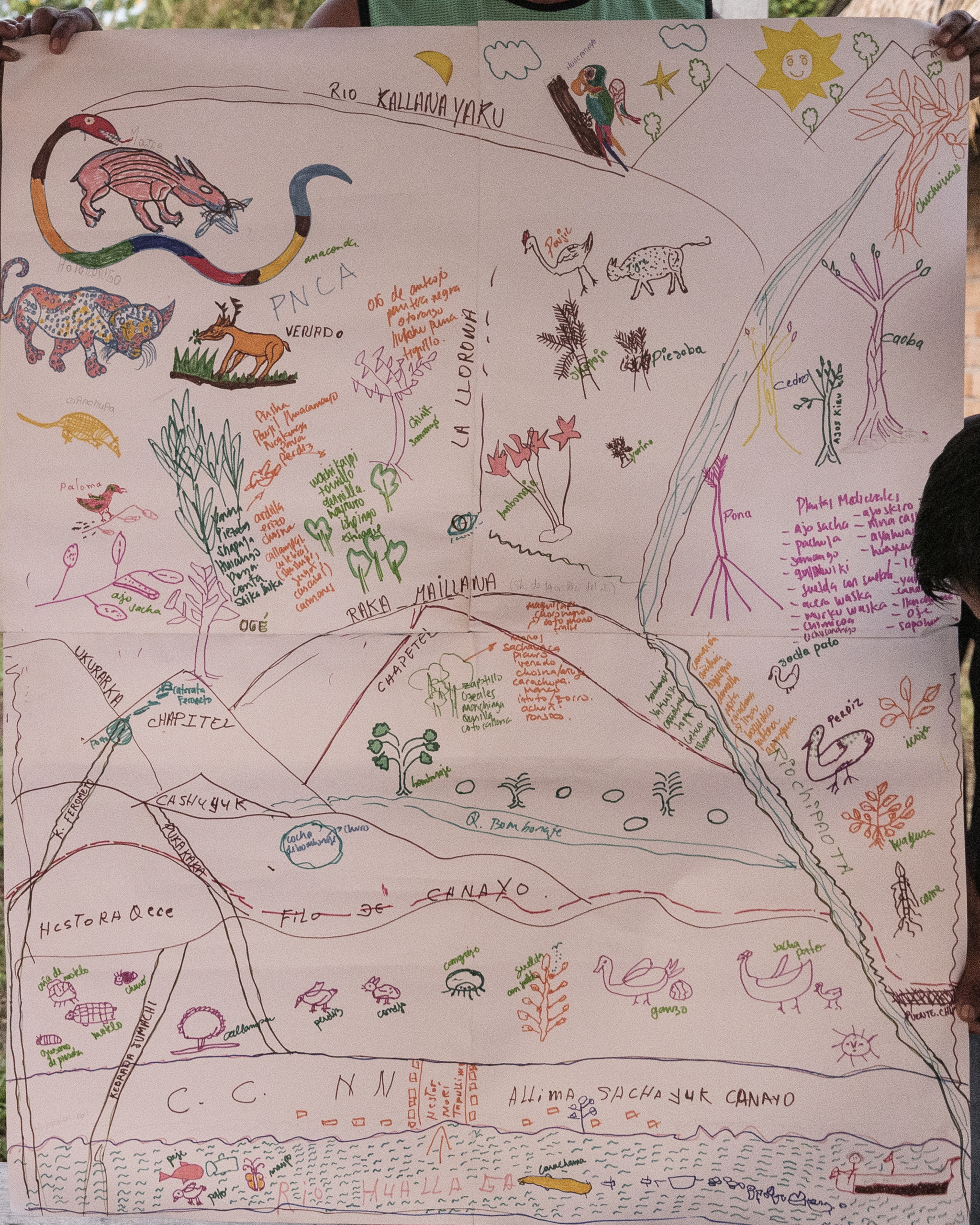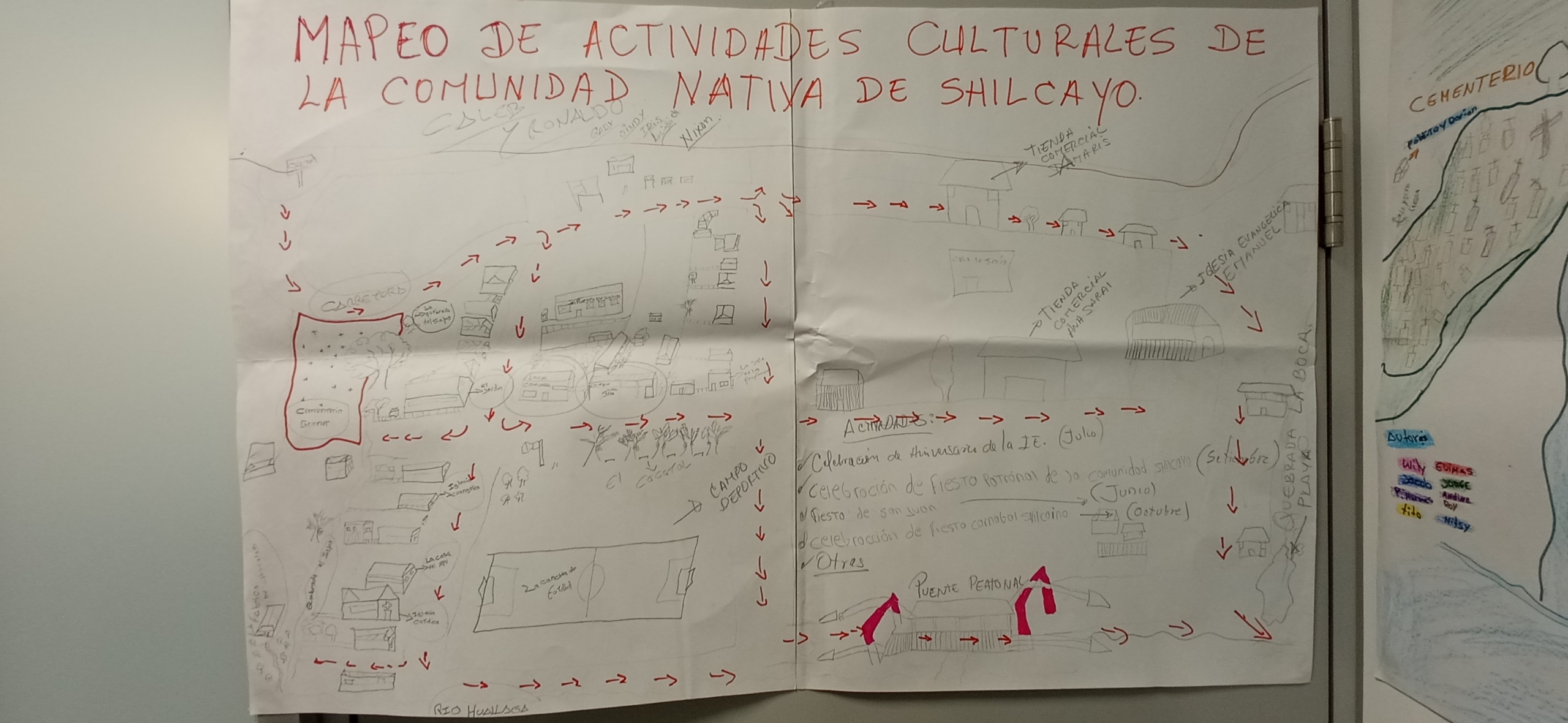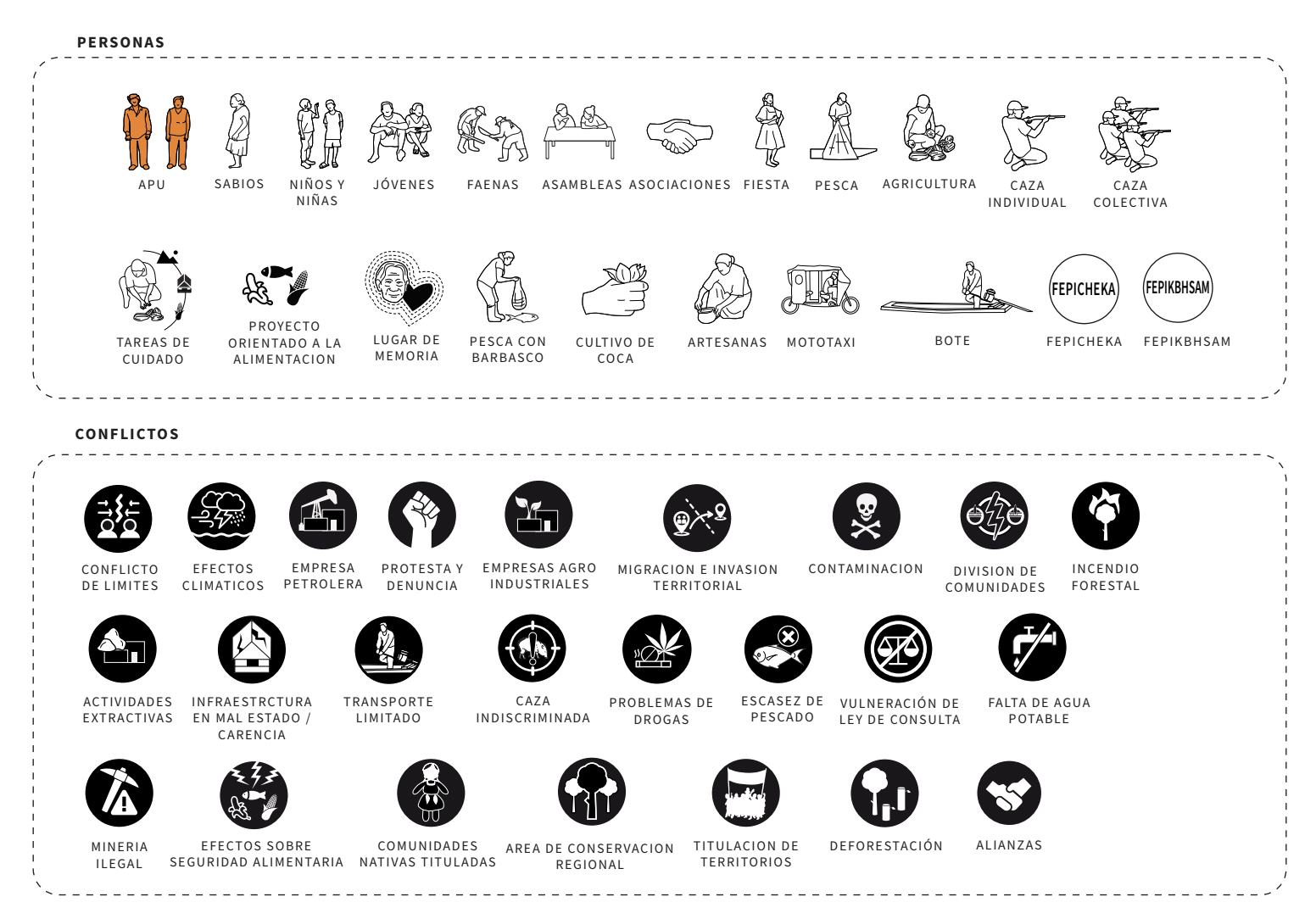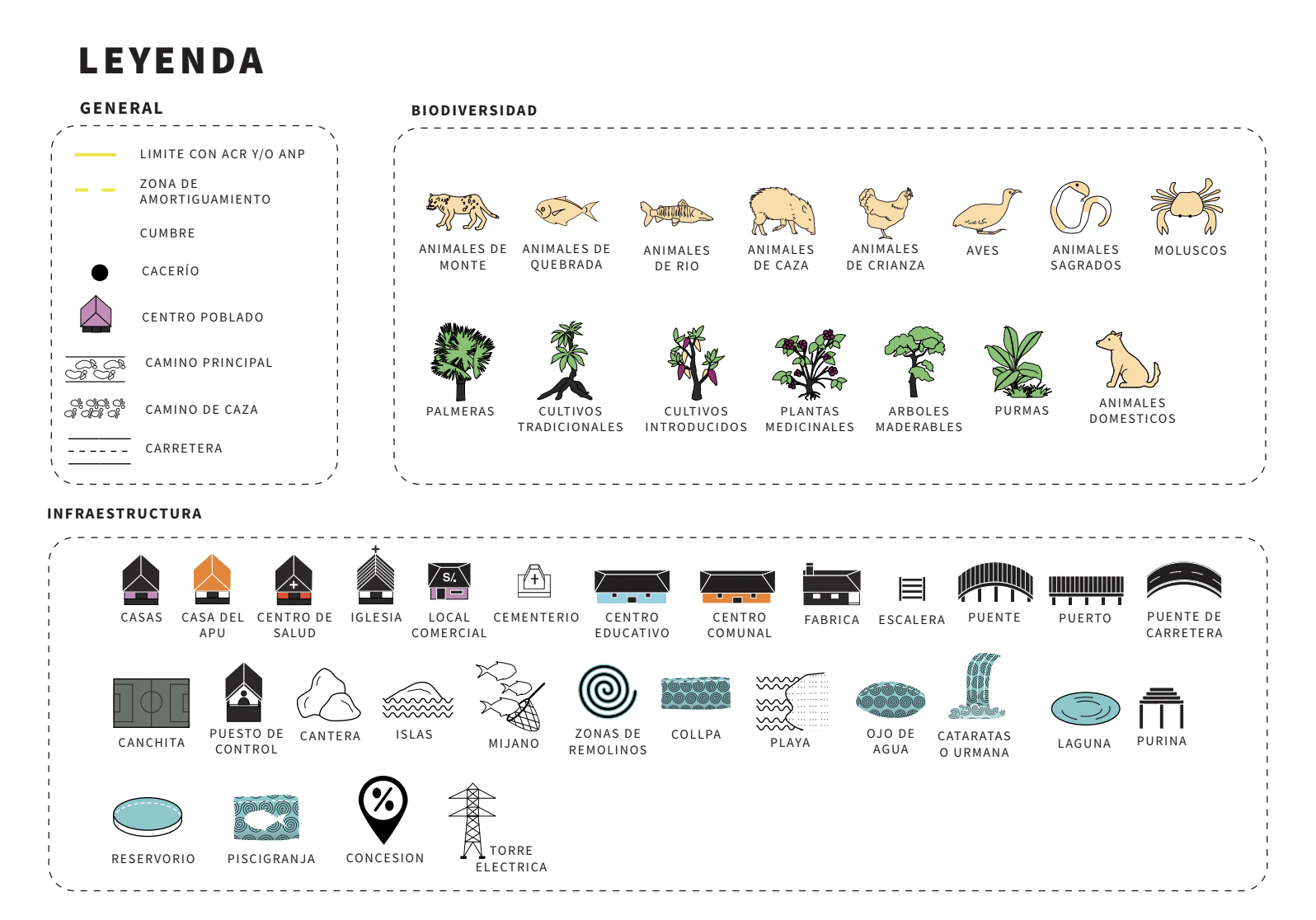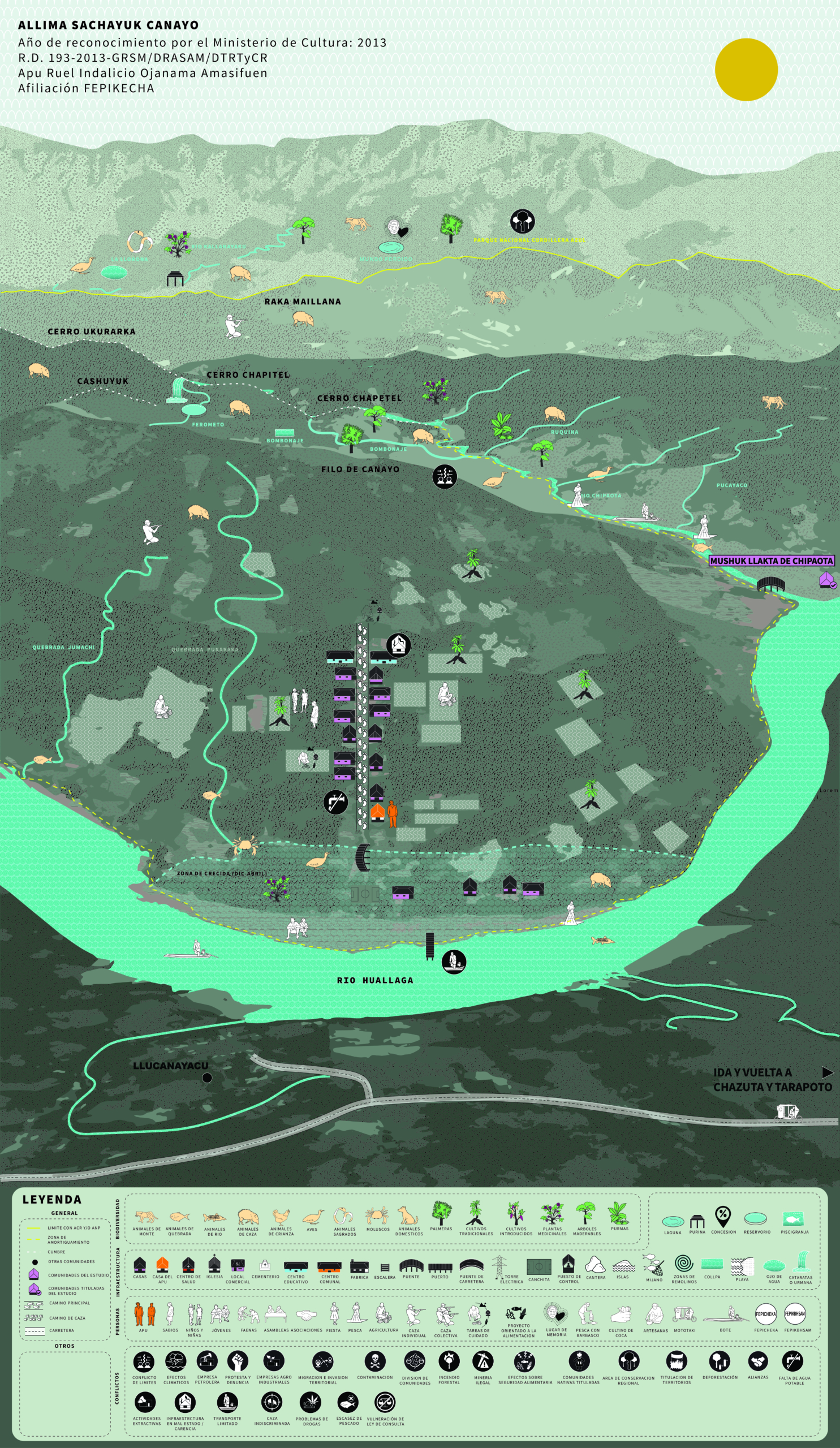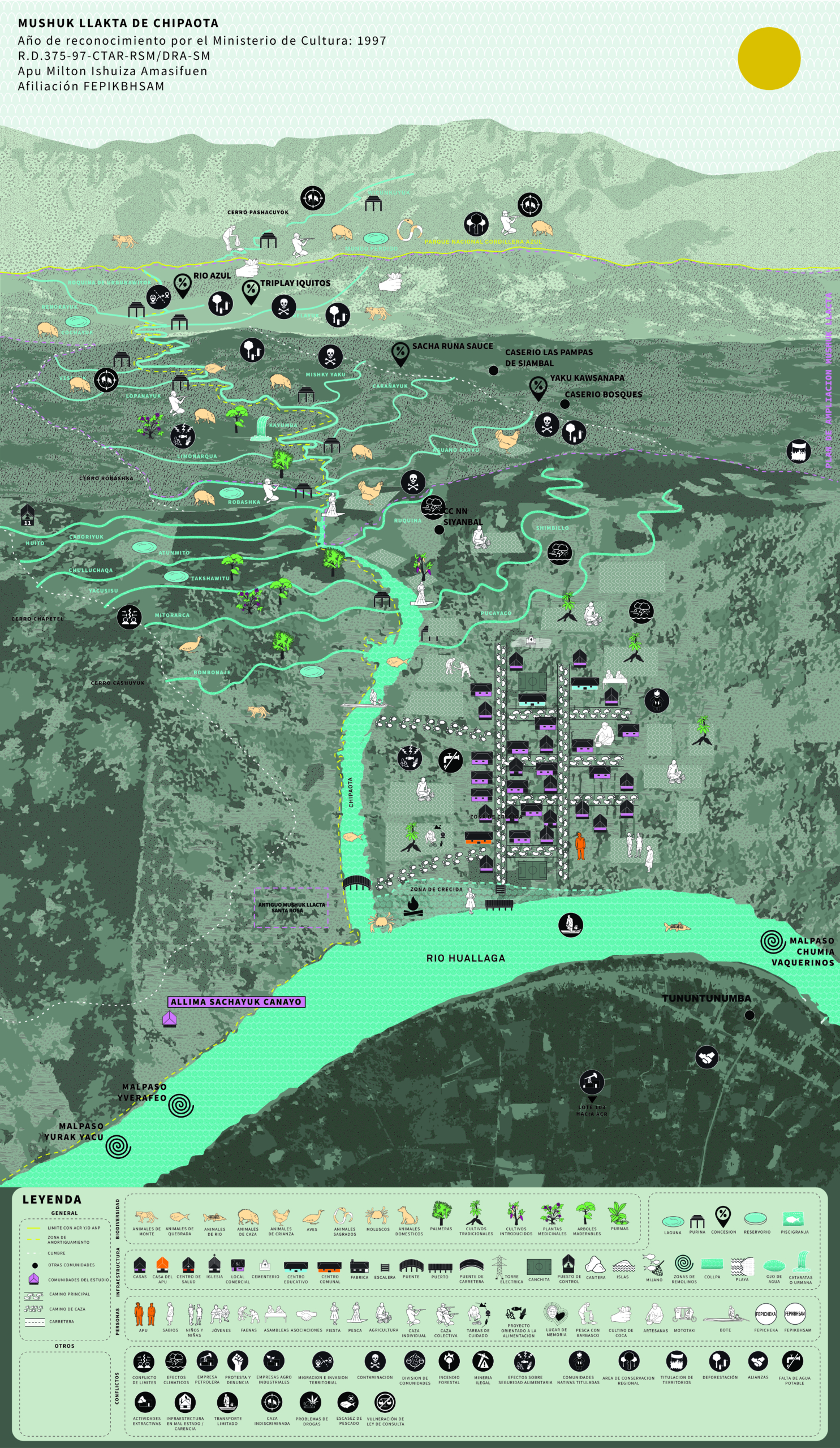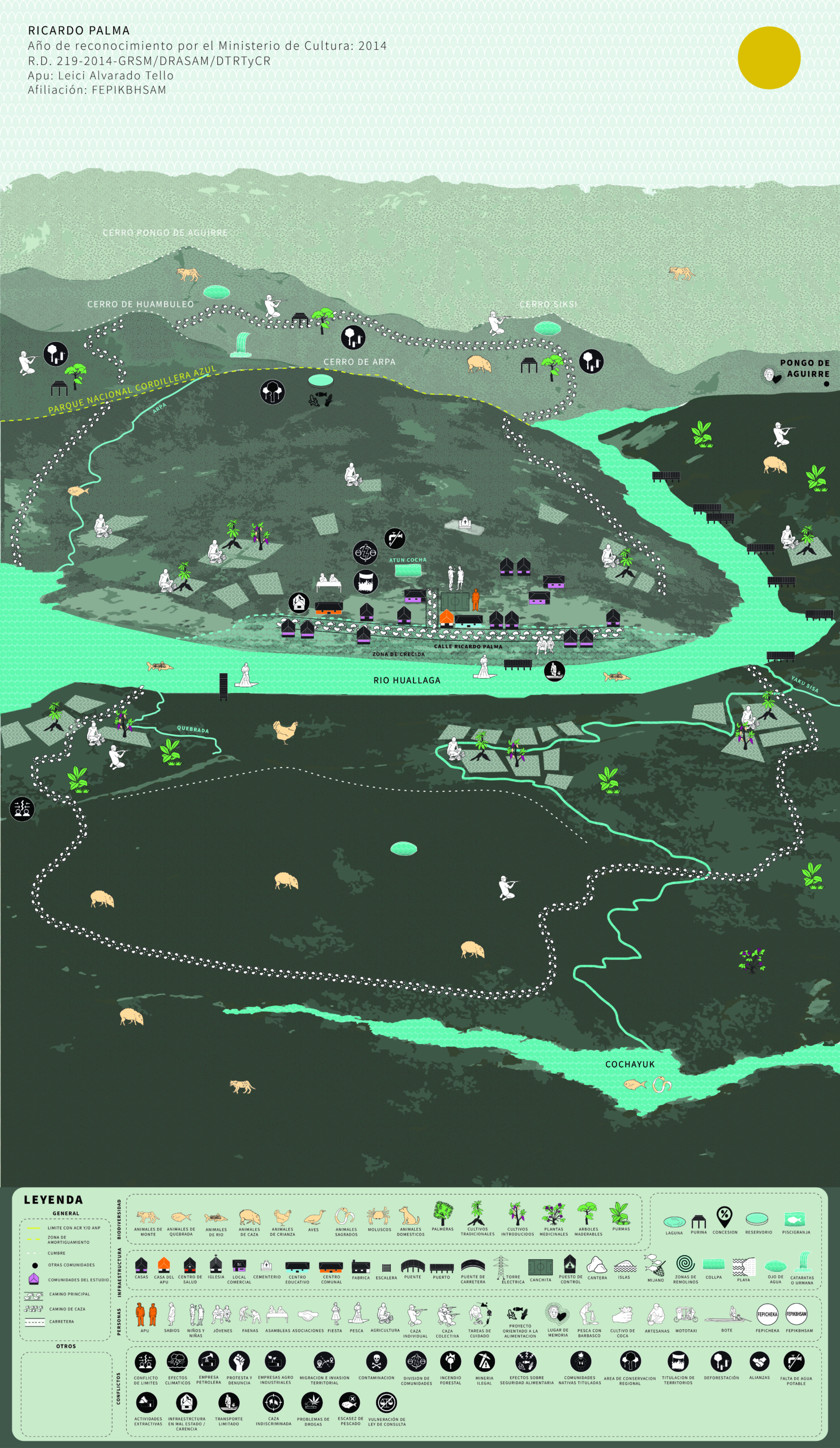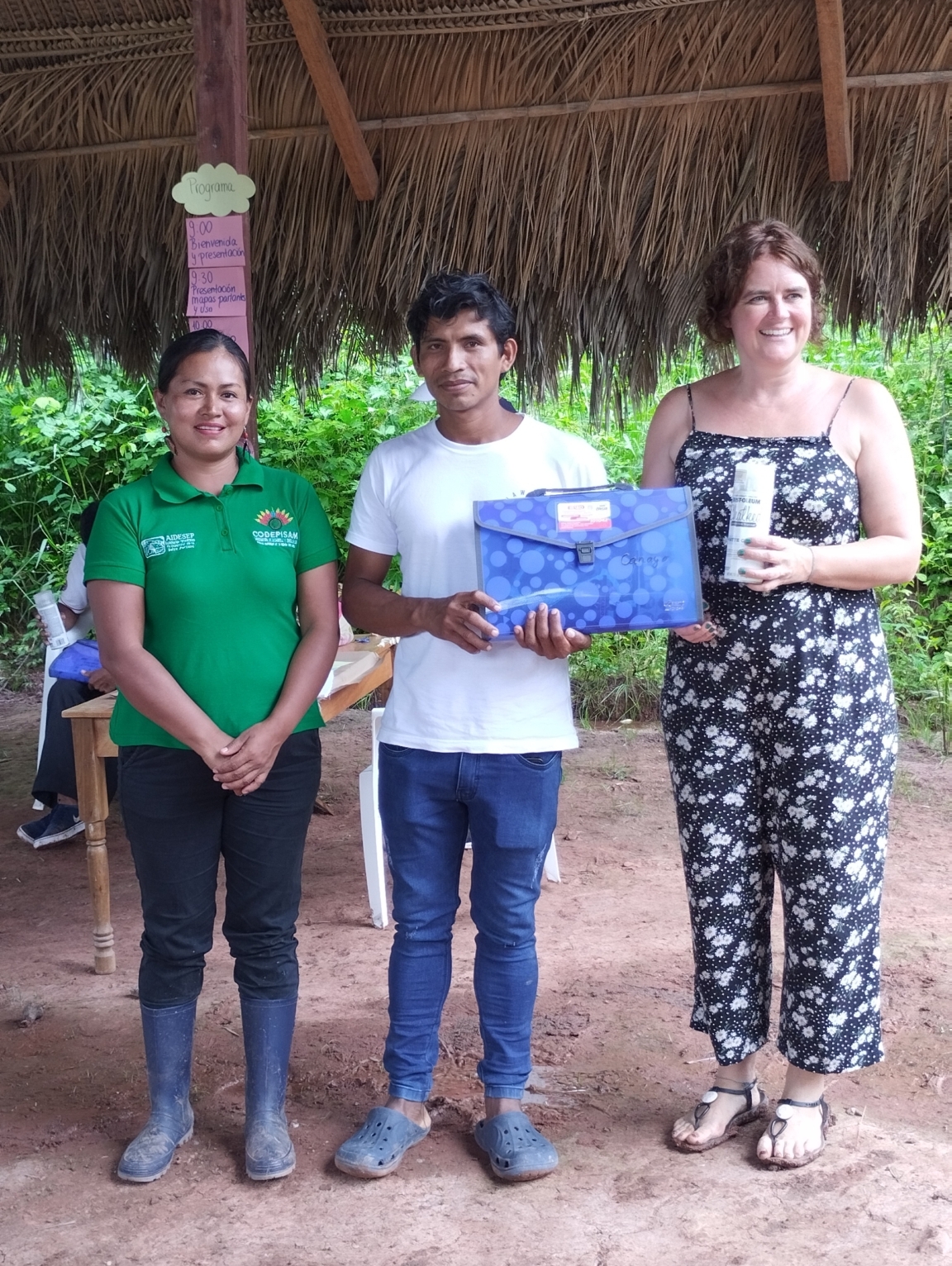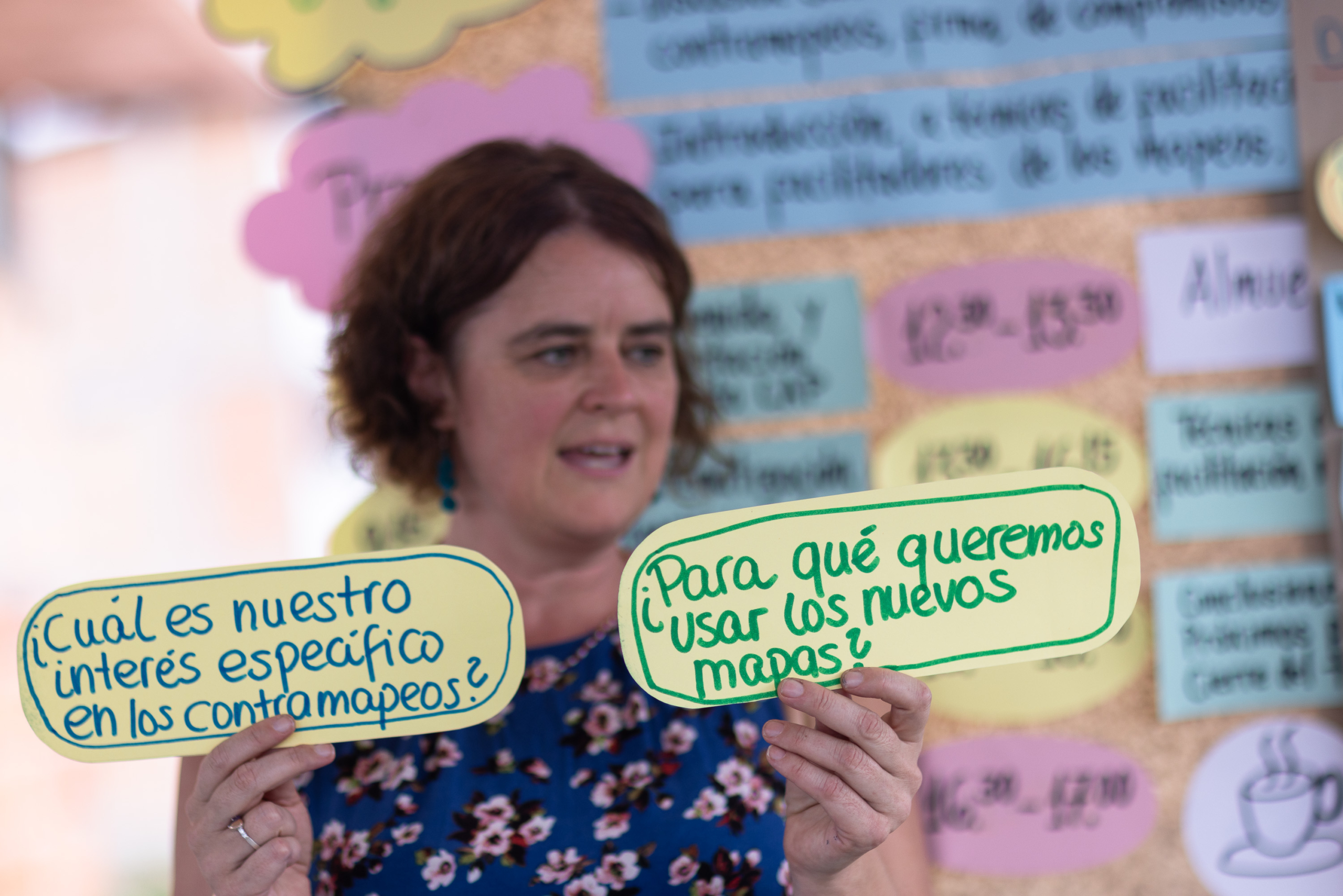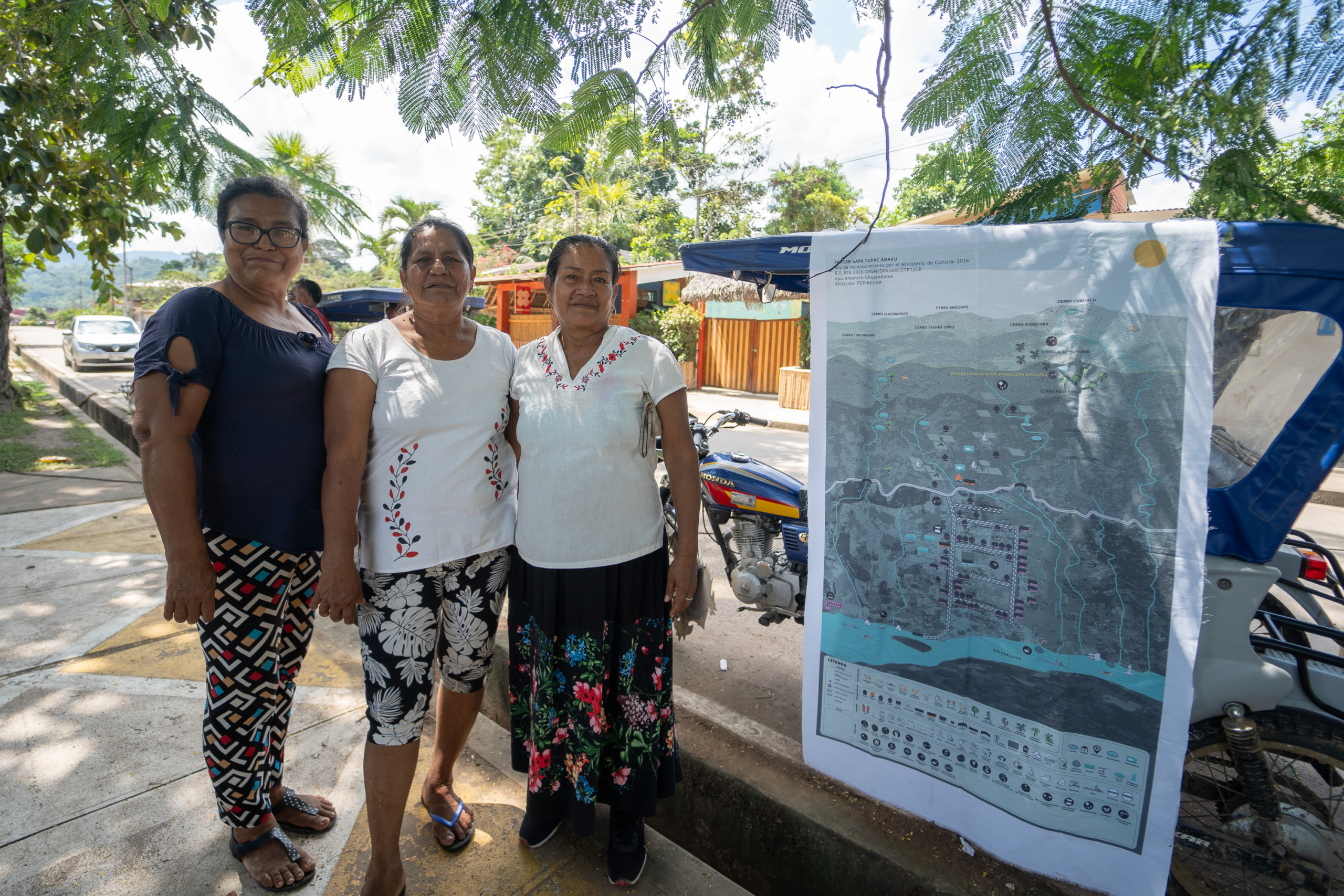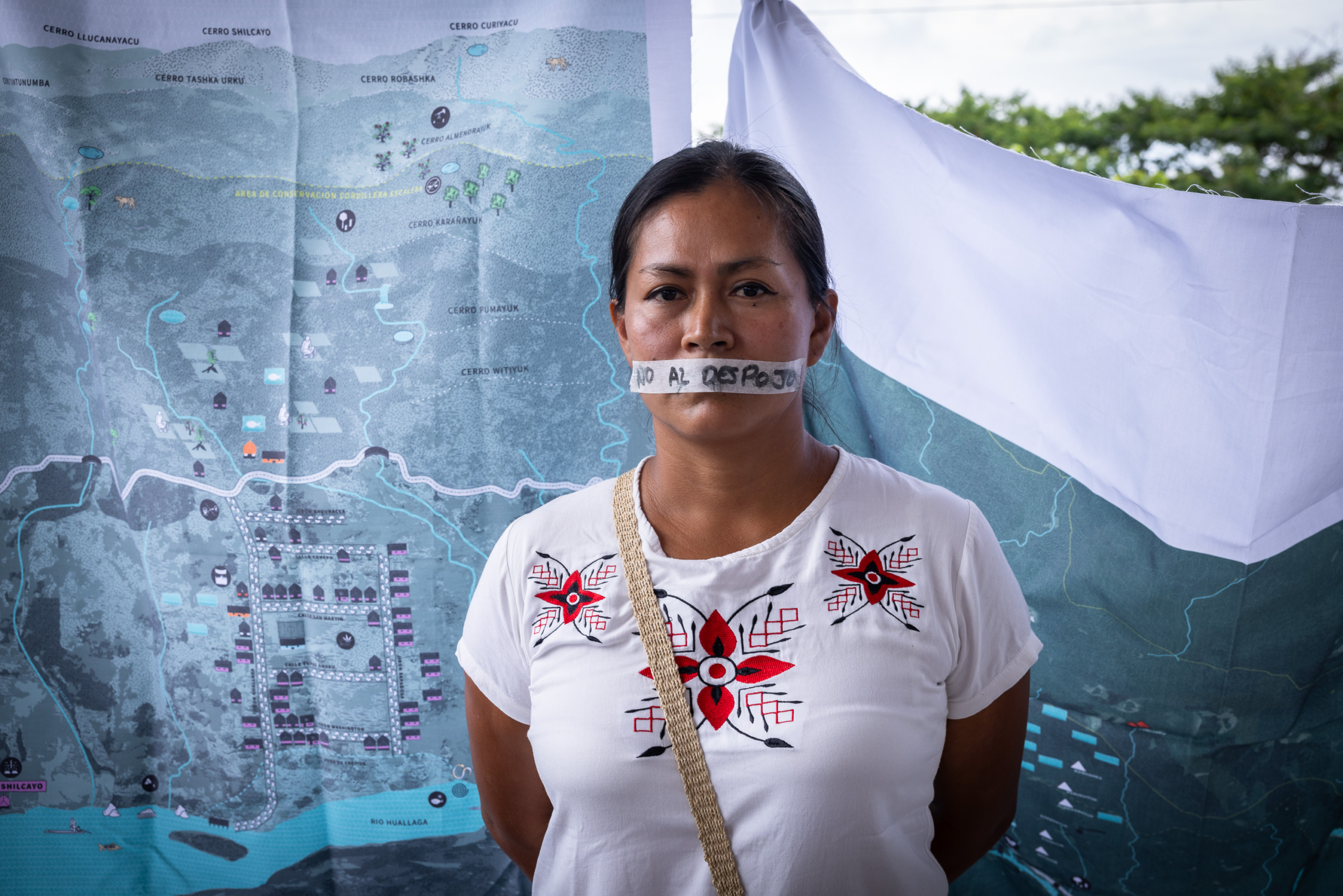
Taller subnacional del proyecto en San Martín con organizaciones indígenas regionales y nacionales (CODEPISAM, AIDESEP, ONAMIAP). Lamas, Septiembre 2023. Créditos: Valeria Soldevilla

Taller subnacional del proyecto en San Martín con organizaciones indígenas regionales y nacionales (CODEPISAM, AIDESEP, ONAMIAP). Lamas, Septiembre 2023. Créditos: Valeria Soldevilla

Mapeos de marzo 2023

Mapeos de marzo 2023

Mapeos de marzo 2023
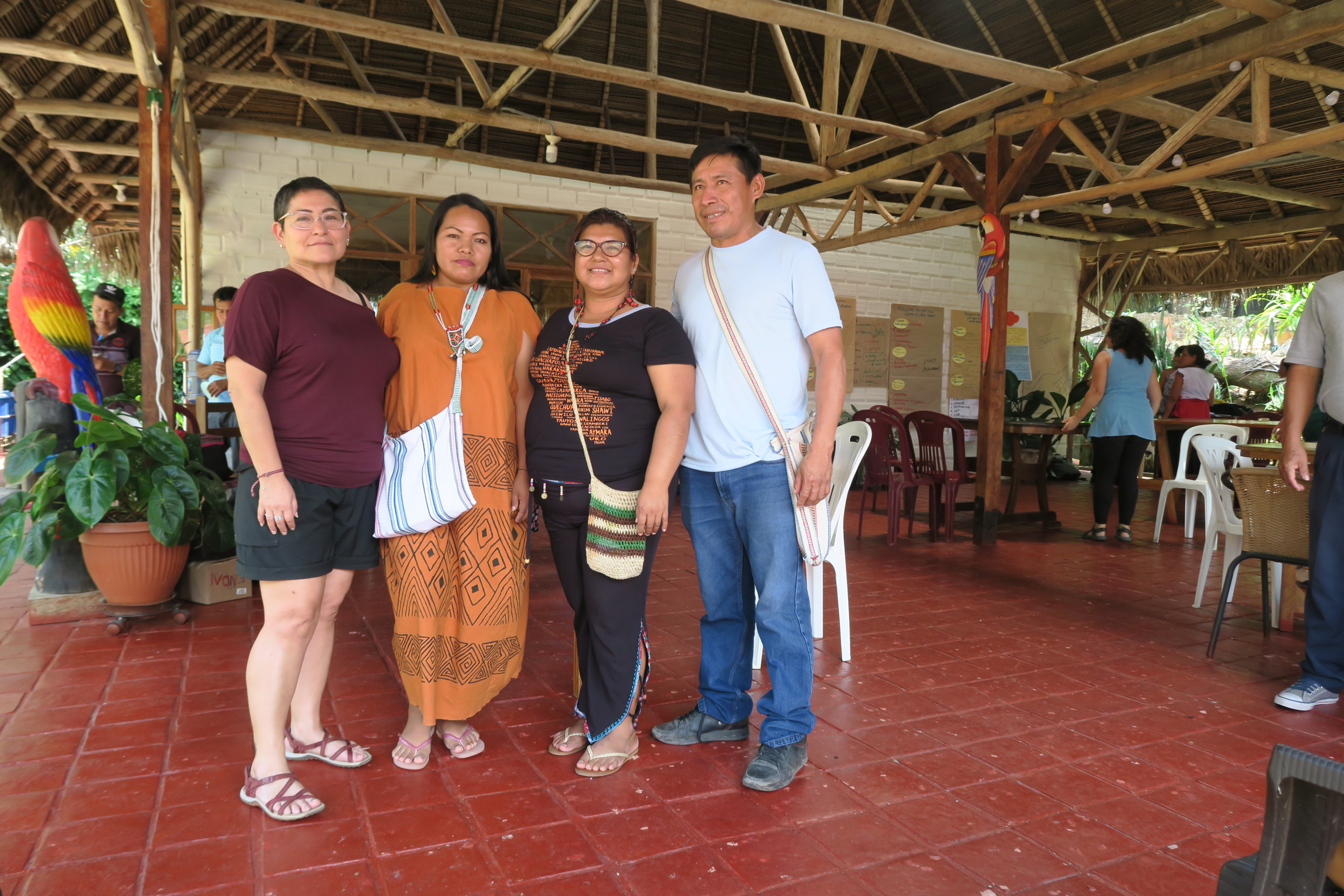
Taller subnacional del proyecto en San Martín con organizaciones indígenas regionales y nacionales (CODEPISAM, AIDESEP, ONAMIAP). Lamas, Septiembre 2023. Créditos: Valeria Soldevilla

Taller subnacional del proyecto en San Martín con organizaciones indígenas regionales y nacionales (CODEPISAM, AIDESEP, ONAMIAP). Lamas, Septiembre 2023. Créditos: Valeria Soldevilla
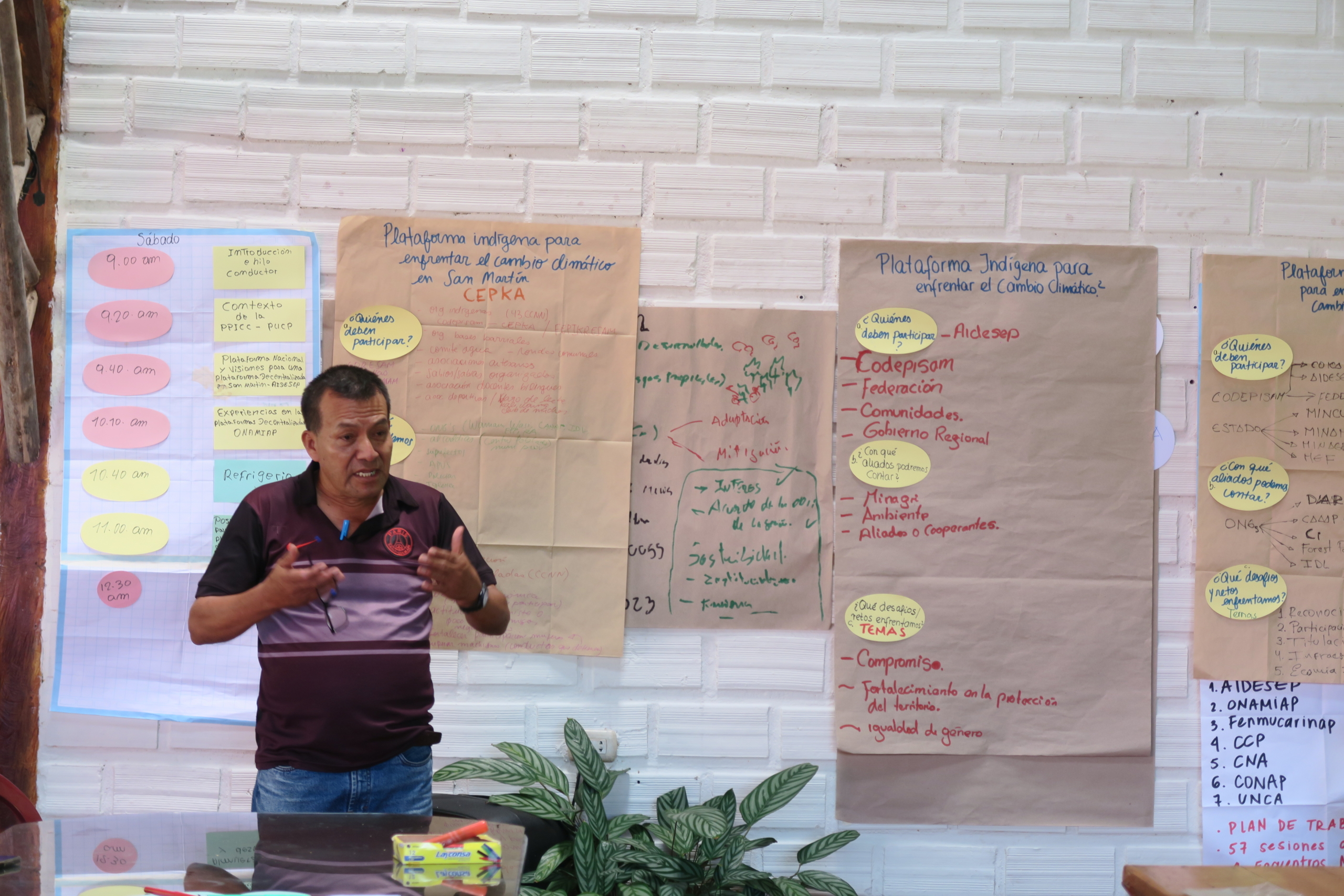
Taller subnacional del proyecto en San Martín con organizaciones indígenas regionales y nacionales (CODEPISAM, AIDESEP, ONAMIAP). Lamas, Septiembre 2023. Créditos: Valeria Soldevilla

Taller subnacional del proyecto en San Martín con organizaciones indígenas regionales y nacionales (CODEPISAM, AIDESEP, ONAMIAP). Lamas, Septiembre 2023. Créditos: Valeria Soldevilla
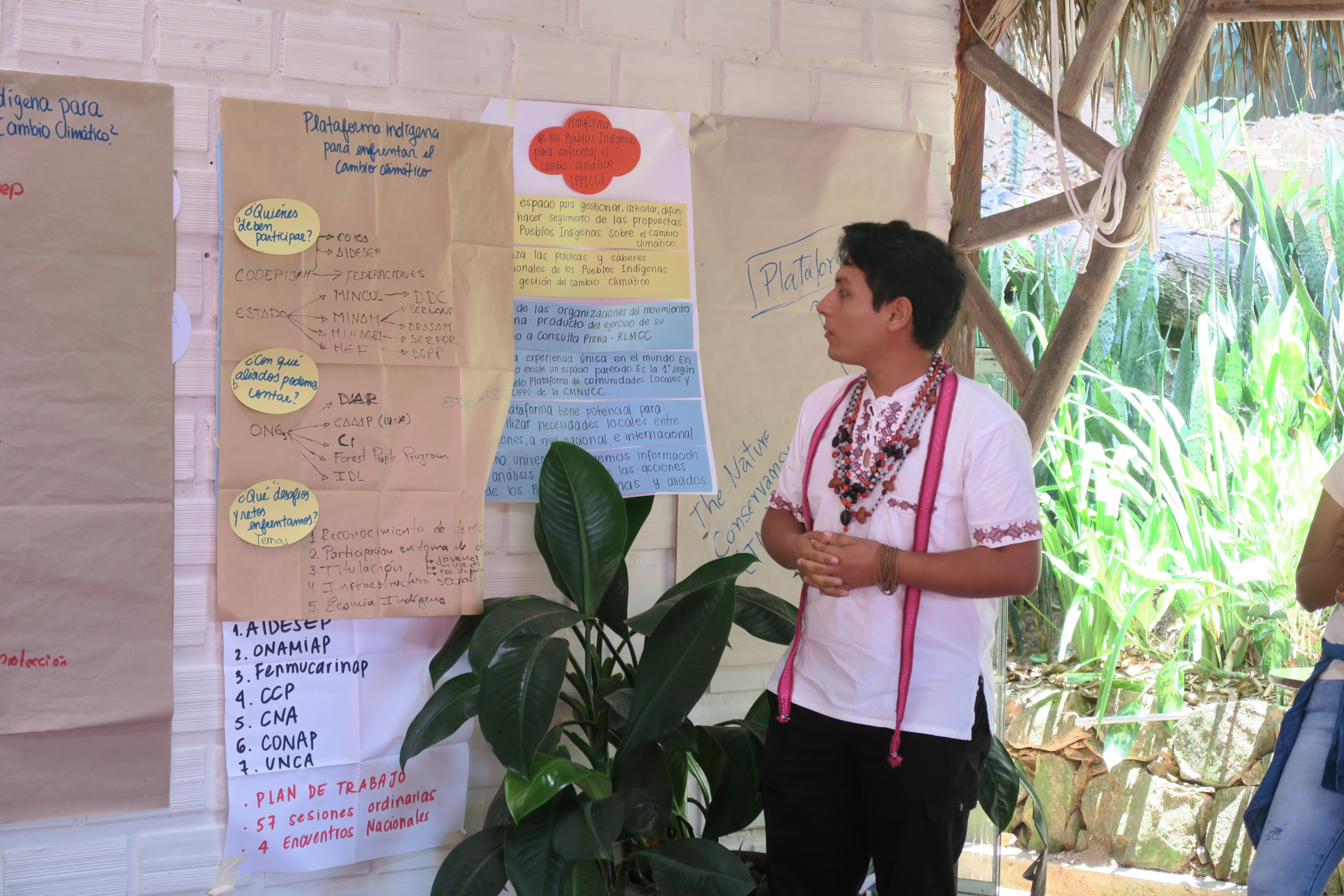
Taller subnacional del proyecto en San Martín con organizaciones indígenas regionales y nacionales (CODEPISAM, AIDESEP, ONAMIAP). Lamas, Septiembre 2023. Créditos: Valeria Soldevilla

Taller subnacional del proyecto en San Martín con organizaciones indígenas regionales y nacionales (CODEPISAM, AIDESEP, ONAMIAP). Lamas, Septiembre 2023. Créditos: Valeria Soldevilla

Taller subnacional del proyecto en San Martín con organizaciones indígenas regionales y nacionales (CODEPISAM, AIDESEP, ONAMIAP). Lamas, Septiembre 2023. Créditos: Valeria Soldevilla

Taller subnacional del proyecto en San Martín con organizaciones indígenas regionales y nacionales (CODEPISAM, AIDESEP, ONAMIAP). Lamas, Septiembre 2023. Créditos: Valeria Soldevilla

Taller subnacional del proyecto en San Martín con organizaciones indígenas regionales y nacionales (CODEPISAM, AIDESEP, ONAMIAP). Lamas, Septiembre 2023. Créditos: Valeria Soldevilla

Taller subnacional del proyecto en San Martín con organizaciones indígenas regionales y nacionales (CODEPISAM, AIDESEP, ONAMIAP). Lamas, Septiembre 2023. Créditos: Valeria Soldevilla




















